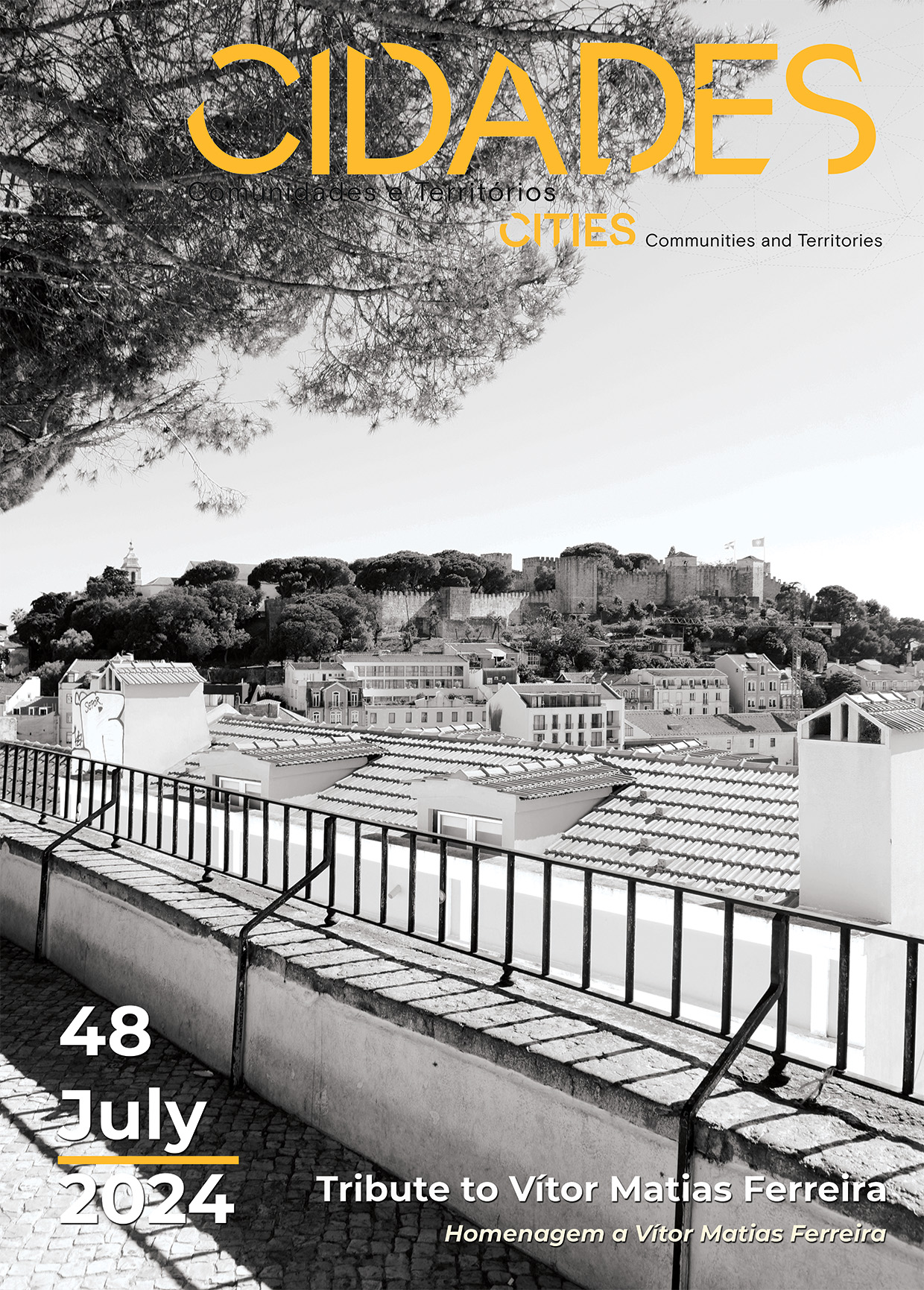Quinta do Ferro, from participation to gentrification promoted by one municipality
Keywords:
Lisbon, gentrification, touristification, participatory planning, right to the city, right to the placeAbstract
Rather than merely describing participatory practices and methodologies and their transformation into projects, this essay aims to reflect on a process driven from local reality (bottom-up), the organization of people, the attainment of visibility, and the conflict with institutionalized planning practices (top-down). It lists and describes some of these moments, seeking to map and register a process rich in nuances, contradictions, illusions, and disappointments, yet capable of positioning itself as a contribution to a broader analysis on Lisbon planning methods over the last decade.
References
Featherstone, L. (2017). Divining Desire – Focus Groups and the Culture of Consultation. OR Books.
Fukuyama, F. (1992). The End of History and the Last Man. Free Press.
Lefebvre, H. (2000). O Direito à Cidade. Letra Livre
Mendes, L. (2017). Gentrificação turística em Lisboa: neoliberalismo, financeirização e urbanismo austeritário em tempos de pós-crise capitalista 2008-2009. Cadernos Metrópole, 19 (39), pp.479-512.
Nunes, R. (2021). Neither Vertical nor Horizontal - A Theory of Political Organization. Verso Books.
Vilaça, Í., Constante, P. (org.) (2015). Usina: entre o projeto e o canteiro. Edições Aurora.
Downloads
Published
Issue
Section
License
Copyright (c) 2024 Tiago Mota Saraiva

This work is licensed under a Creative Commons Attribution-NonCommercial-NoDerivatives 4.0 International License.
CIDADES, Comunidades e Territórios by DINÂMIA'CET-Iscte is licensed under a CC-BY licence.






